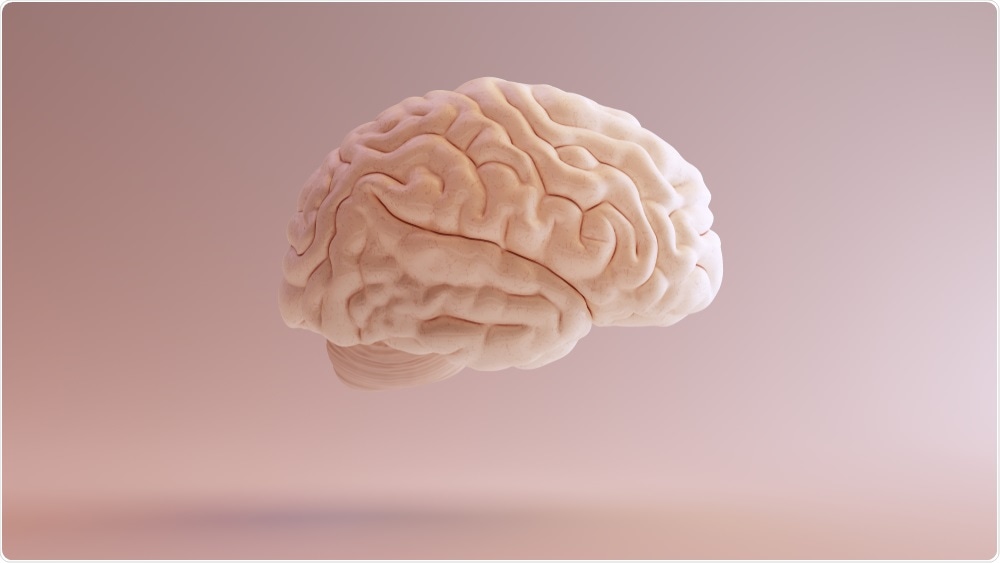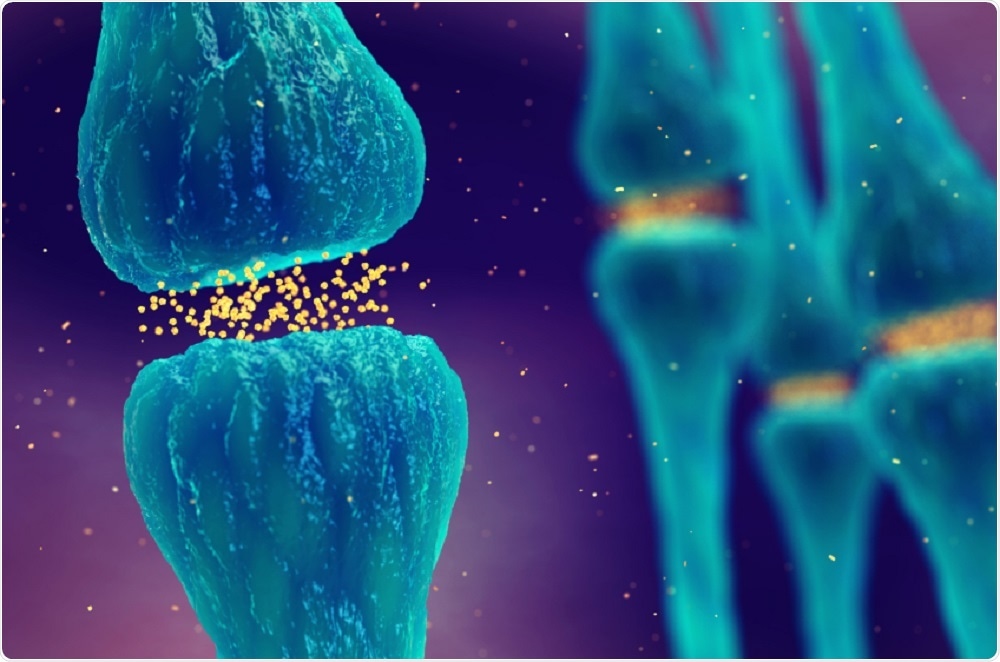An interview with Dr. Tim Steppe (Ph.D.) from Logos Biosystems at SfN 2018, discussing the latest advances in the CLARITY technique and his top tips for scientists using this method in their research.
What makes CLARITY such a useful research technique for neuroscientists?
CLARITY allows researchers to map projections in neurons by carrying out in-depth 3D imaging on organs and tissues. The brain is one of the best tissues that you can image using this method as it has such a high lipid content. CLARITY allows researchers to trace pathways of neurons, look at connections, and potentially look at discontinuities between healthy and altered states.
 80's Child | Shutterstock
80's Child | Shutterstock
Some of the early examples of using CLARITY were researching drug addiction in mice within the lab and the modeling of disease. CLARITY provides researchers with the ability to see the brain in more detail and to develop an understanding of how it's organized at the cellular level.
What kinds of neurological diseases can CLARITY be used to study?
All sorts of diseases! It can also be used to study neuronal development and how structures grow and project. The major application of CLARITY is the study of disease states, such as Alzheimer’s disease, to be compared to normal states. It has also been used to look at glioblastoma, Parkinson's disease, and other neurological lesions.
How the CLARITY Method Supports Spinal Cord Research
What challenges have researchers faced in the past when performing CLARITY?
After Karl Deisseroth’s lab at Stanford University released the method in 2013, researchers began trying to build their own homegrown electrophoretic systems. Biologists are not usually engineers, so many ran into all sorts of problems that led to poorly cleared or ruined samples.
At Logos Biosystems, we have engineered the X-CLARITY systems and reagents for tissue clearing that allows researchers to reliably and consistently clear tissues. This prevents researchers from ruining their sample and provides reproducible clearing from sample to sample.
What is the X-CLARITY and what benefits does it offer over manually carrying out the technique?
The most important thing for everyone: time. After researchers began exploring CLARITY, they realized that it was also a really great technique for clearing tissues from the brain tissue, but also for clearing lipids from other tissues and organs. However, the lack of success with many homemade systems drove many researchers back to a passively clearing their samples, where no current is applied help remove lipids. The issue with this is that you're running into weeks and weeks of clearing time.
With the X-CLARITY, researchers can clear up to six whole brains in as little as 7 to 12 hours. Rather than weeks to months for passive clearing, With the X-CLARITY, it now only takes hours.
Previously, when people wanted to build a 3D image or model of their system, they had to painstakingly slice samples down to 20 to 30 microns, prep those samples, image each separately, and then stitch them together.
CLARITY allows people to better leverage optical sectioning technology, which is just a fancy way to describe either a confocal microscope, a light sheet microscope, or a multiphoton microscope. Once the lipids have been removed, these systems are able to delve deep into the sample, generating better images in a far faster manner.
Another aspect is flexibility. The X-CLARITY allows the current, voltage, and temperature to be modulated, depending on the sample type. This allows researchers to optimize the conditions for their own particular sample and model system.
We have a general set of guidelines that we provide to help researchers, but every sample or every model system is going to be slightly different. We have developed protocols and parameters that will work fairly well for everything, with the ultimate tweaking and optimization coming from the researchers themselves.
Why did you feel it was important to develop a CLARITY solution for antibody labeling?
With the multi-sample holders that we've developed and speed of the X-CLARITY system, the bottleneck in time now falls to antibody labeling. With our new labeling kit, we've halved the amount of time it takes to stain the sample.
Conventional antibody labeling with a cleared whole mouse brain sample can require a 7 to 14 day incubation period with each antibody – primary and secondary – meaning it can take anywhere between two to four weeks to do the labeling. With the DeepLabel Antibody Staining Kit, however, it only requires a total of 7 days for a whole mouse brain.
The other benefit of our labeling kit is that it increases the binding of the antibodies to the targets. This applies not only to clear, thick tissue samples, but also thin sections. So, for example, it can help increase the binding of antibodies to recalcitrant targets such as neurotransmitters.
 nobeastsofierce | Shutterstock
nobeastsofierce | Shutterstock
What are the next steps for your company, and the technologies you produce?
Over the next few years, we would like to be able to provide a complete solution to the entire tissue clearing workflow. Our overall goal is to provide researchers with an entire system which delivers clear tissues, images, and analysis.
Our immediate next steps will include improving the clearing method and the antibody labeling kit that we have developed, and then developing a light sheet microscope that is optimized for use with CLARITY.
Our core mission is to develop innovative cellular imaging and analysis tools. Currently, our main product line is automated cell counters along with automated microscopes for screening and other high-throughput studies.
Where can readers find more information?
A step-by-step guide to CLARITY by Logos Biosystems.
About Dr. Tim Steppe
 Tim Steppe has Ph.D. in Marine Sciences from UNC-Chapel Hill and has 15 years of industry experience mostly spent with start-ups and smaller companies in various roles including tech support, sales, and marketing.
Tim Steppe has Ph.D. in Marine Sciences from UNC-Chapel Hill and has 15 years of industry experience mostly spent with start-ups and smaller companies in various roles including tech support, sales, and marketing.
In his current role as an Application Specialist at Logos Biosystems, Tim is responsible for customer and sales force education and market development for new Logos products.
About Logos Biosystems
Logos Biosystems specializes in developing life science tools and technologies for a wide spectrum of applications including basic research, quality control, and drug discovery. Since its founding in 2008, Logos Biosystems has been developing a series of automated systems and imaging instruments for laboratories engaging in research with a cellular and molecular emphasis.